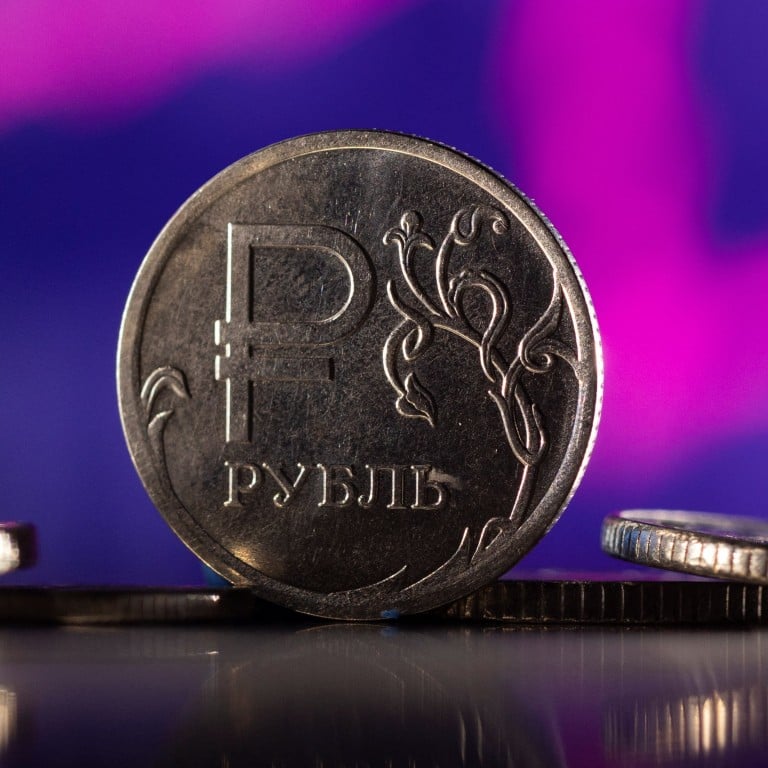
Explainer | What is Swift and what would happen if Russia is banned?
- About 300 Russian financial institutions, including many that have been sanctioned, use the swift financial messaging system
- Banning Russia from Swift would mean its banks can no longer use it to make or receive payments with foreign financial institutions
Here are some key facts about Swift – the Society for Worldwide Interbank Financial Telecommunication – and potential consequences of shutting Russia out of it.
What is Swift?
The system was founded in 1973 to make cross-border money transfers more efficient and has become critical to global financial infrastructure. It replaced the Telex technology that most banks used before the early 1970s.
Swift is used by 200 countries and territories. Last year, it recorded an average of 42 million messages per day, while its traffic grew by 11.4 per cent from a year earlier.
The cooperative society is owned by member banks and does not handle transfers itself.
Are Russia and China reliant on Swift?
About 300 Russian financial institutions, including many that have been sanctioned, use Swift, according to the Russian National Swift Association. They handle more than 80 per cent of the country’s international settlements.
After the Bank of China joined Swift in 1983, about 600 financial institutions used the system. A representative from China was added to the 25-member board of directors in 2012, while a wholly-owned subsidiary was registered in Beijing in 2019, and a joint venture was established with some affiliates of the Chinese central bank in January 2021.
China lifts all wheat-import restrictions on Russia amid Ukraine crisis
The Russian rouble accounted for just 0.26 per cent of global payments, excluding those within the Eurozone last month, down from 0.29 per cent two years earlier.
What would it achieve if Russia was banned?
Banning Russia from the financial messaging system means Russian banks can no longer use it to make or receive payments with foreign financial institutions for trade transactions.
It could be a heavy blow for Russian trade, which was worth US$797.9 billion last year, or 46.6 per cent of its gross domestic product.
A precedent is Iran, which was disconnected from the Swift network between 2012-16 due to the US sanctions over the country’s nuclear programme. Iran was forced to start its own payment system, which is slow and costly, devastating its crude oil exports. In 2013, the first year of sanctions, the value of its crude exports dropped by 40 per cent, according to data from the Organisation of Petroleum Exporting Countries.
The impact on Russia would be much bigger because energy exports account for more than half of the nation’s total exports.
That would in turn drive up international crude oil prices. The Brent crude oil price has already surpassed US$100 per barrel since the outbreak of war in Ukraine.
“Due to the strong network effect of international interbank settlement, high user stickiness and huge switching costs, we have not seen a system that can replace Swift in the short term,” Guotai Jun’an Securities economists wrote in a note in July 2020.
What other options does Russia have?
Moscow has long sought to lower use of the US dollar for trade, in its investment portfolios and foreign exchange reserves. It initiated its own System for Transfer of Financial Messages (SPFS) in 2019.
The pressure from Western countries may draw China and Russia closer, analysts said, and connection between their payment systems could be accelerated.
The Chinese yuan accounted for 12.8 per cent of Russian foreign exchange reserves in 2020 and 30.4 per cent of its sovereign wealth fund holdings in July last year. Meanwhile, about 17.5 per cent of China-Russian trade was settled in yuan in 2020, up from 3.1 per cent in 2014.
Bilateral merchandise trade reached US$146.9 billion last year, or 18.4 per cent of Russia’s total trade.



